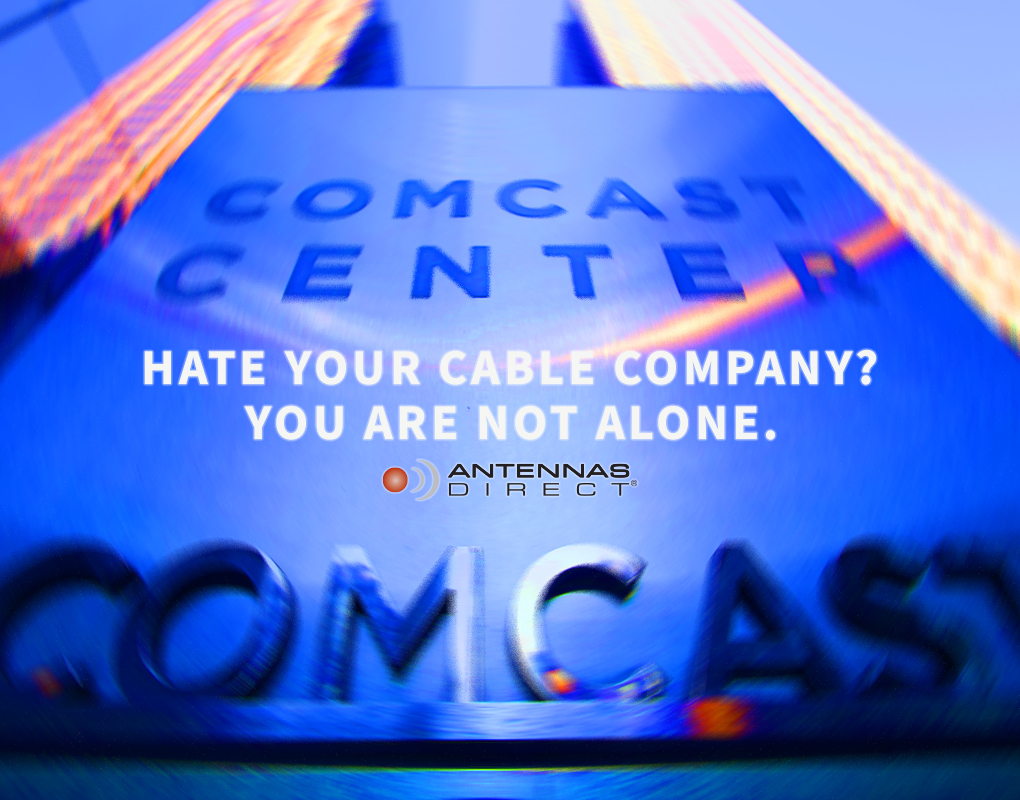Posted 6:00AM 11/10/12 |
One thing is becoming clear as cable companies and satellite television providers shell out their latest quarterly financials: Americans are fed up with their ever-growing bills for premium TV.
With the exception of DirecTV’s (DTV) — which gained 67,000 net subscribers during the quarter — the key players lost more video customers than they signed up.
It’s not pretty, but let’s look at the net change in U.S. residential video subscribers for the third quarter.
- DirecTV: +67,000
- Cablevision (CVC): -10,000
- Dish Network (DISH): -19,000
- Charter Communications (CHTR): -73,000
- Comcast (CMCSA): -117,000
- Time Warner Cable (TWC): -140,000
Source: The Wall Street Journal.
It’s grim. Add up all six players and the cable and satellite TV industries closed out the period with 292,000 fewer customers than they had just three months earlier.
Where Did Everyone Go?
AT&T (T) and Verizon (VZ) have been gaining ground with their slightly more economical U-verse and FiOS services, respectively, but that doesn’t explain the entire shortfall. Folks are either genuinely fed up with their TV bills or they just can’t pay up.
Even DirecTV is smarting. Sure, it stands out because it gained ground last quarter, but analysts were expecting net additions of 105,000 for the period. DirecTV suffered the first net decline in its history during the second quarter, and Wall Street figured that it would bounce back in a major way.
It didn’t.
Life After the Cables Are Cut
There are plenty of solutions for those ditching their pay TV plans. HD antennas are a cheap way to receive over-the-air local channels, and are growing in popularity. Beyond that, homes with Internet and WiFi can take advantage of a growing number of video services.
Cable and satellite television providers know this. They have been trying to milk more value out of their subscriptions by offering broader arrays on-demand content. The “TV Everywhere” movement — which allows cable customers to stream the channels they are already paying for through mobile apps at no additional cost — was initiated by Comcast and Time Warner Cable.
However, customers are getting antsy. They don’t appreciate having to pay a growing flat fee for one-size-fits-all baskets of programming that include more channels that they’ll never watch than channels they will.
When the pay-TV industry suffered its first quarter of net defections two years ago, some suggested that it was simply a matter of the soft economy. Now that the economy is clawing its way back, it’s clear that the industry has a bigger retention problem on its hands.
